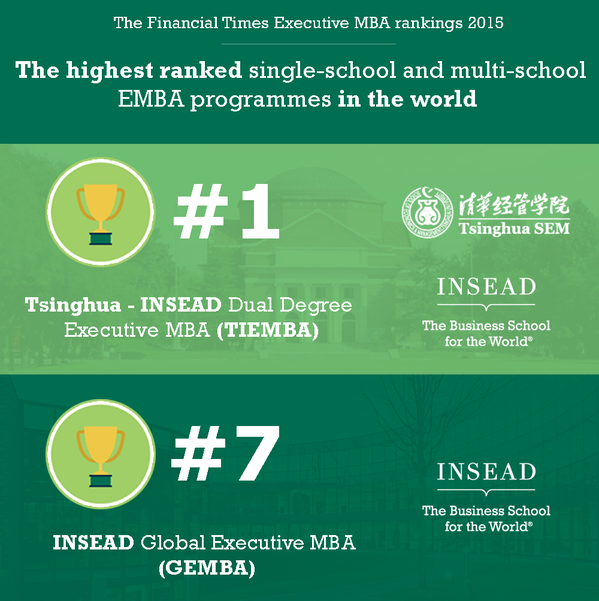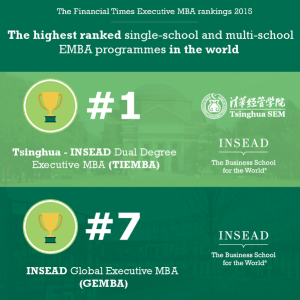
Is the company you work for a “tech” company? What does this even mean in today’s world where almost every company would grind to a halt without its technology systems?
There appear to be short and long term answers to this question.
The short term answer is that when you’re disrupting an industry and trying to raise capital, calling yourself a tech company helps. It promises higher growth, more access to tech VC capital, higher appeal to talent and disruption through innovation. These are all critical for kickstarting your startup and so adopting a tech company mantra at a startup phase makes commercial sense.
The long term answer is more complicated. In my experience, there are a number of behaviours within a company that determine it’s true identity as a tech company:
- Resourcing – At Google, the sales team proudly proclaim “we keep headcount tight so that we can invest in engineering”. Everyone knows the resource priority and it is actually realised. This is not purely a political hierarchy, the non-technical teams truly believe that only technology can scale fast enough to hit the audacious growth targets. There’s no such thing as “throwing bodies” at the problem – at least in terms of full time employees. Vendor or contractor growth however is a sign of masking an emerging problem here.
- Growth Targets – Technology works best at scale. For example, most national retailers don’t need automated warehousing because the number of SKUs and locations is not that high. If you’re Amazon however, you absolutely need this technology automation to even have a chance of hitting your massive growth targets – it only later amortises to become a competitive advantage. Tech companies truly believe that their growth goals far outstrip any organic growth projection for the sector as a whole.
- Time Horizon – Tesla believe that their most valuable asset will be the self-driving data accumulated over millions of kilometres of driving. This not only takes years of operating at scale to collect, but won’t become valuable until self-driving cars are truly pervasive and actually autonomous. It’s not a priority to fix the panel gaps on a $100k+ car, this will get fixed with scale and simplification. The core strategy and focus is their long term goal that requires almost puritan belief. This approach is certainly rooted in the evangelical beliefs of those who originally settled the west coast of the US.
- Leadership – You can’t stay the course on these long term goals if your leader doesn’t have the engineering ability and credibility to constantly reinforce the mission. As Bond Capital put it, “successful companies are led by planners – they have short and long term (10-20+ year) visions and business plans focused on data, execution, iteration, engineering and science”. It’s not just CEOs that need engineering ability, but also the board and investors are required to be increasingly technical in order to understand and support the tech company’s long term vision.
So, do you still believe you work at a tech company?


 17 months, 52 days of full time study, 3 major assignments and 10 exams later I have finally graduated with my
17 months, 52 days of full time study, 3 major assignments and 10 exams later I have finally graduated with my 
